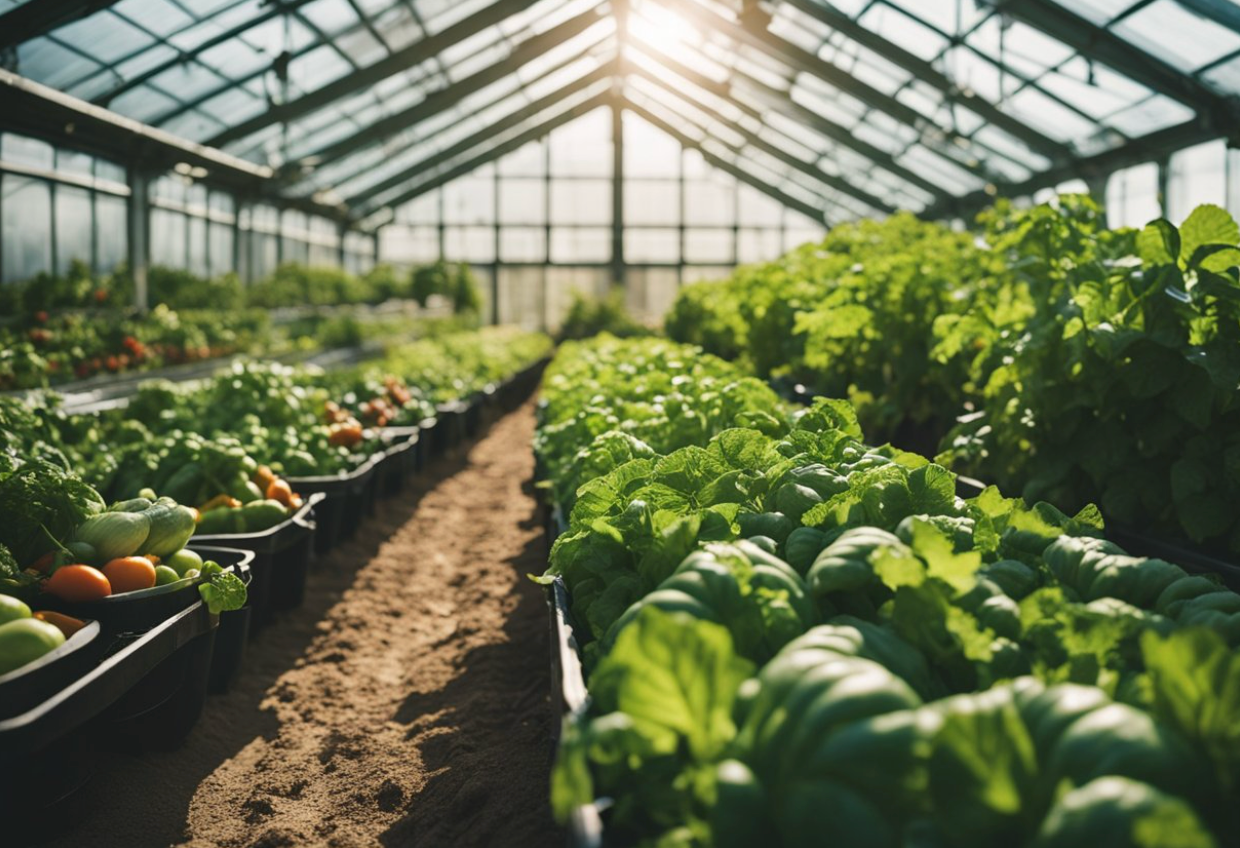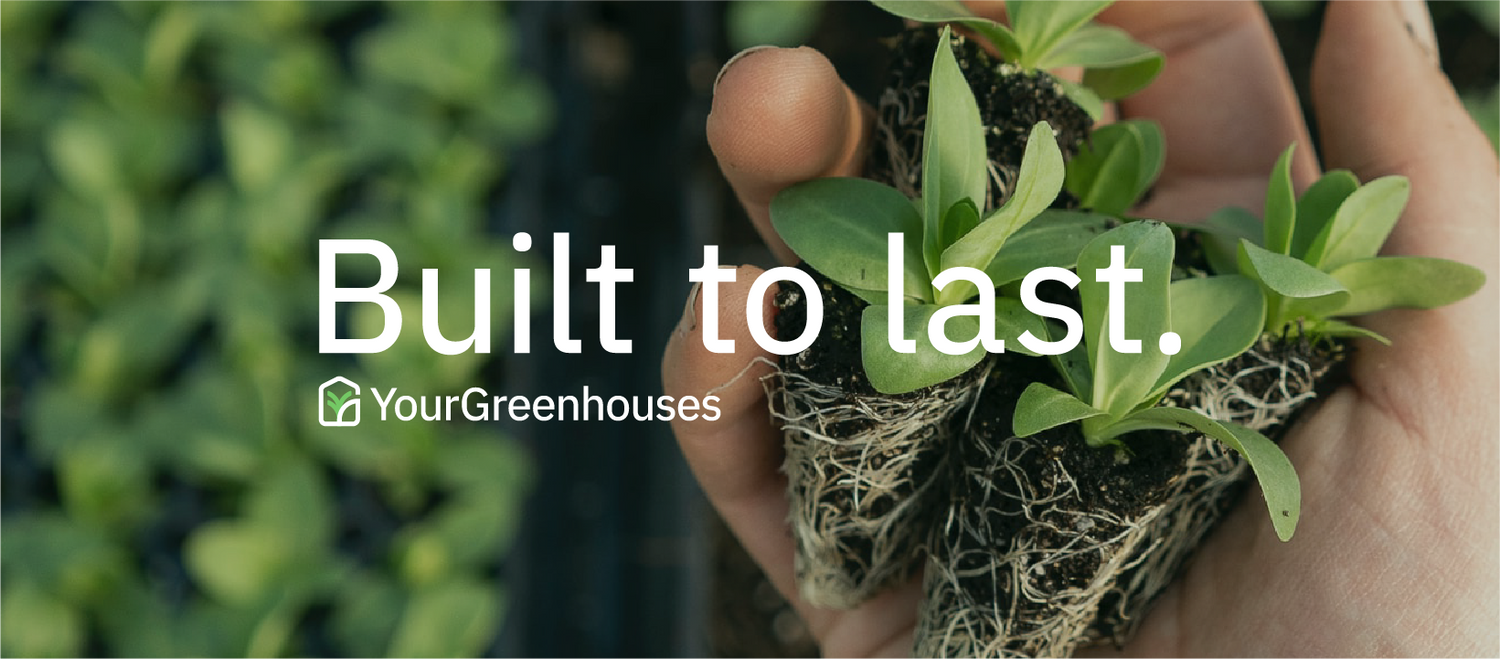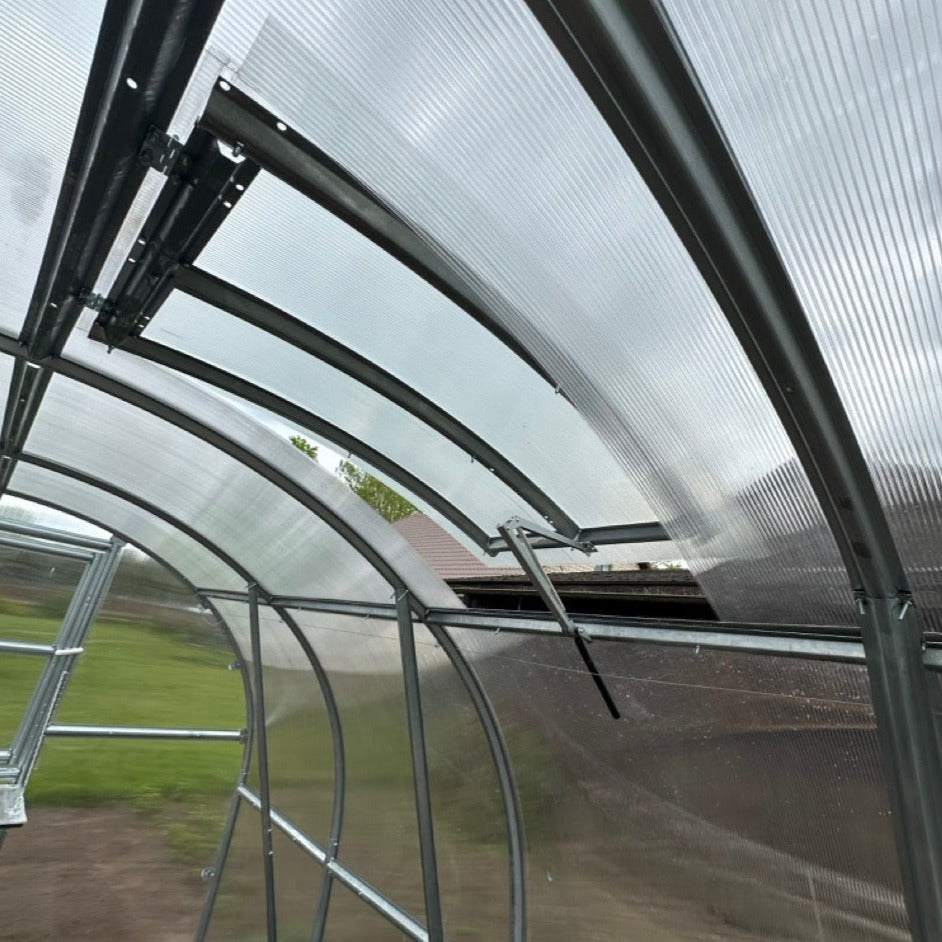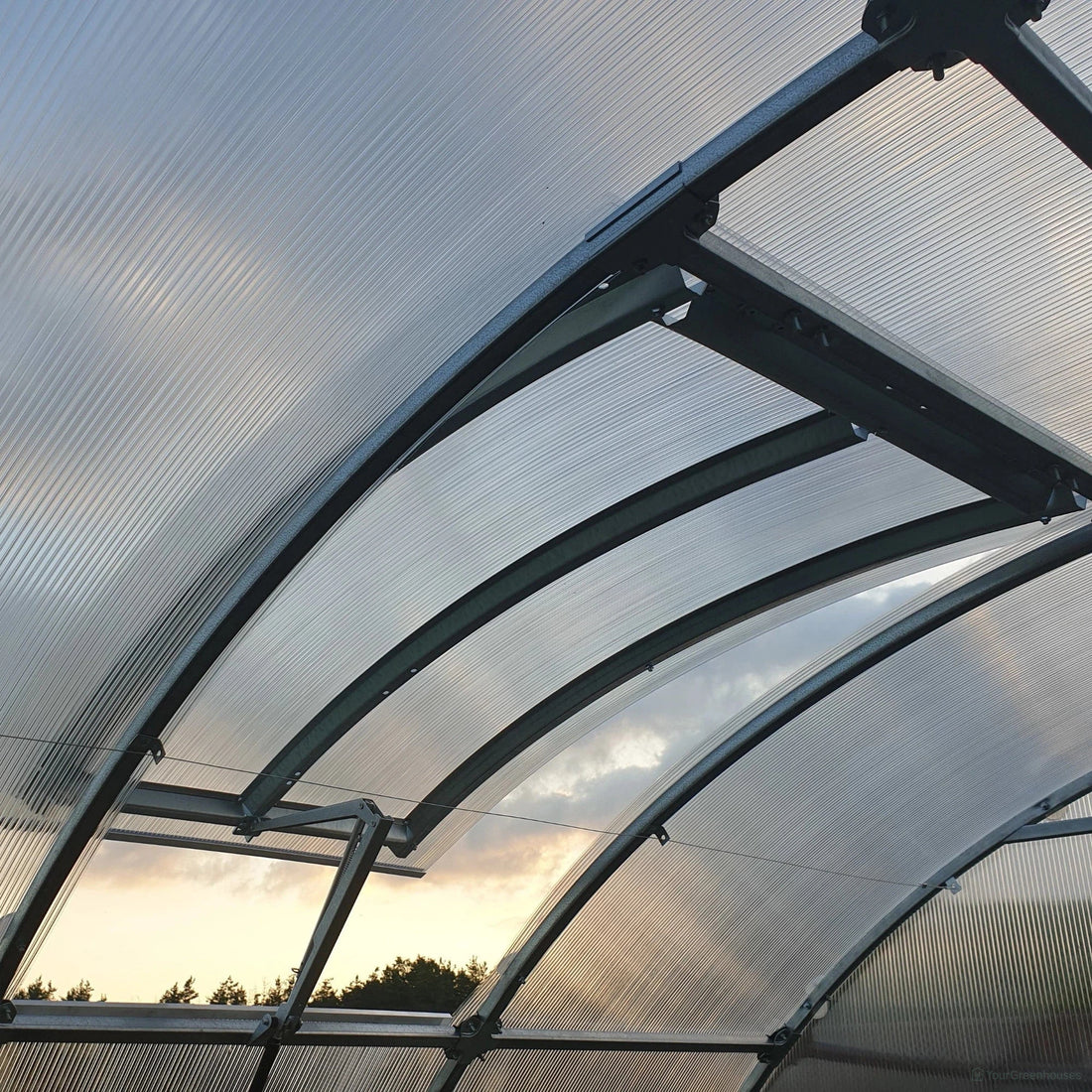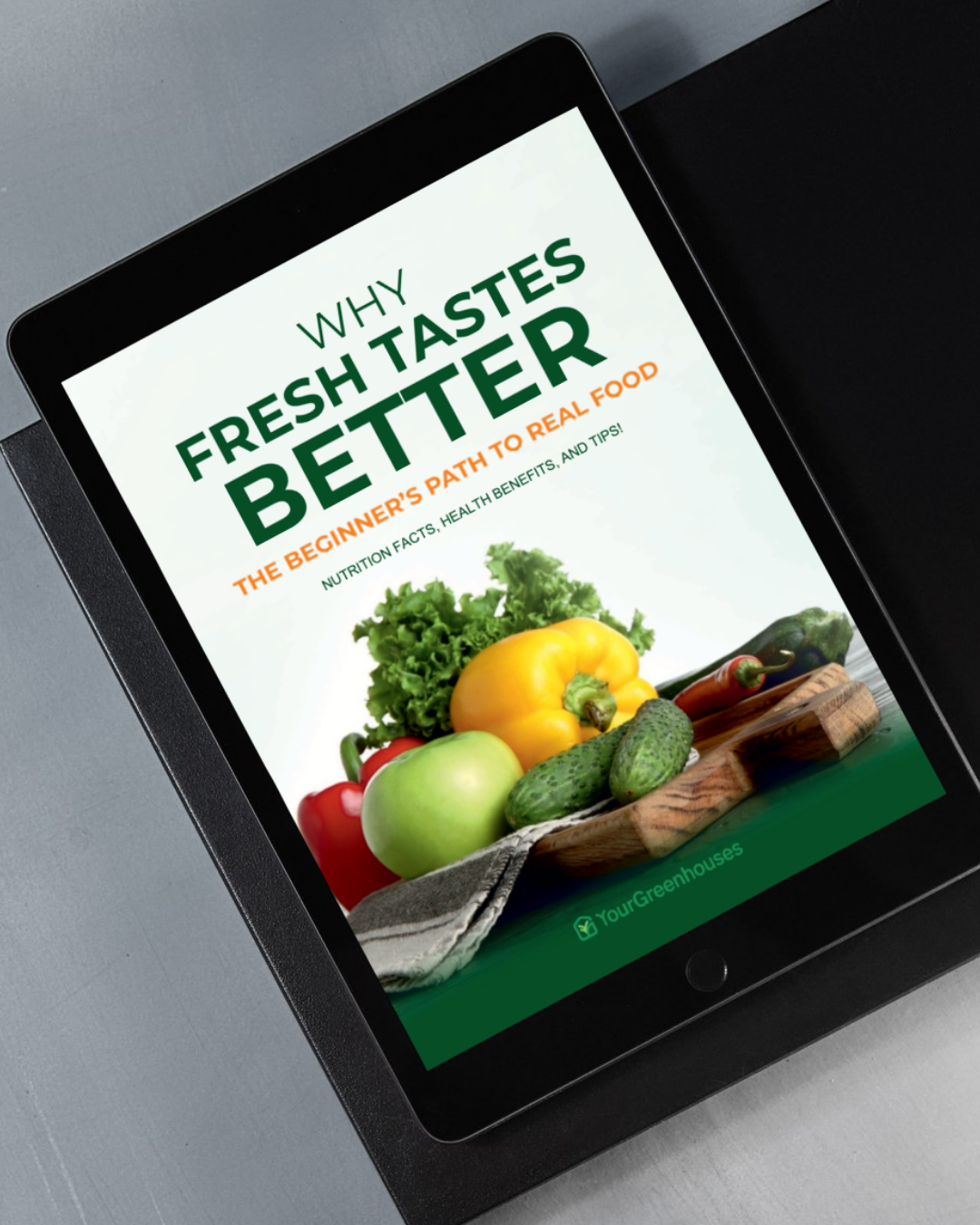Best Vegetables to Grow in a Greenhouse

Greenhouses can be an excellent way to grow vegetables year-round, as they provide a controlled environment that can protect plants from harsh weather conditions and pests. With a greenhouse, gardeners can grow a wide variety of vegetables that may not be able to grow in their outdoor gardens, including heat-loving plants and cold-tolerant crops.
Some of the best vegetables to grow in a greenhouse include tomatoes, peppers, cucumbers, and leafy greens like lettuce and spinach. These vegetables thrive in the warm and humid environment of a greenhouse and can produce a bountiful harvest throughout the year. Additionally, gardeners can experiment with growing exotic or unusual vegetables that may not be available in their local grocery stores.
Whether you are a seasoned gardener or just starting, growing vegetables in a greenhouse can be a fun and rewarding experience. With the right tools and techniques, you can create an ideal growing environment for your plants and enjoy fresh, healthy vegetables all year round.
Greenhouse Setup for Vegetable Growing

Choosing the Right Location
When setting up a greenhouse for vegetable growing, it is important to choose the right location. The greenhouse should be placed in an area that receives plenty of sunlight throughout the day. This will ensure that the plants receive the necessary light for photosynthesis and growth. Additionally, the greenhouse should be placed in an area that is sheltered from strong winds, which can damage the plants.
Temperature Control
Temperature control is crucial for growing vegetables in a greenhouse. The temperature inside the greenhouse should be kept between 60°F and 80°F during the day and between 50°F and 60°F at night. This can be achieved by using a combination of heating and cooling systems. A heater can be used to raise the temperature during cold weather, while fans and vents can be used to lower the temperature during hot weather.

Lighting Requirements
In addition to natural sunlight, supplemental lighting may be necessary for vegetable growth in a greenhouse. Grow lights can be used to provide additional light during the winter months or on cloudy days. It is important to choose the right type of grow light for the specific plants being grown, as different plants have different lighting requirements. LED grow lights are a popular choice for vegetable growing in a greenhouse, as they are energy-efficient and provide the full spectrum of light that plants need for growth.
Overall, setting up a greenhouse for vegetable growing requires careful consideration of location, temperature control, and lighting requirements. By following these guidelines, gardeners can create a suitable environment for growing a variety of vegetables year-round.
Top Vegetables to Grow in a Greenhouse

Greenhouses are a great way to extend the growing season for vegetables, allowing gardeners to grow crops year-round. Here are some of the top vegetables to grow in a greenhouse:
Leafy Greens
Leafy greens are a great choice for greenhouse gardening because they can be grown year-round and are relatively easy to grow. Some popular leafy greens to grow in a greenhouse include lettuce, kale, and spinach. These vegetables are packed with nutrients and are a great addition to any healthy diet.
Tomatoes
Tomatoes are one of the most popular vegetables to grow in a greenhouse. They require warm soil to germinate and lots of heat and sun during the day to grow well, making them a perfect crop for greenhouse gardening. With proper care, tomato plants can produce an abundance of delicious fruit throughout the year.
Cucumbers
Cucumbers are another great vegetable to grow in a greenhouse. They require warm temperatures to grow and thrive, making them a perfect crop for greenhouse gardening. Cucumbers are also relatively easy to grow and can produce a large yield with proper care.
Peppers
Peppers are a great choice for greenhouse gardening because they require warm temperatures to grow and thrive. They come in a variety of colors and flavors, making them a versatile addition to any garden. With proper care, pepper plants can produce an abundant harvest throughout the year.
Root Vegetables
Root vegetables like carrots, beets, and radishes can also be grown in a greenhouse. These vegetables require well-draining soil and a bit more care than some of the other vegetables on this list, but they can be a rewarding addition to any greenhouse garden.
In conclusion, these are just a few of the top vegetables to grow in a greenhouse. With proper care and attention, greenhouse gardening can provide a bountiful harvest of fresh, healthy vegetables year-round.
Caring for Greenhouse Vegetables
Growing vegetables in a greenhouse requires proper care and attention. In addition to providing the right growing environment, greenhouse vegetables need regular maintenance to thrive. Here are some essential care tips for greenhouse vegetables:
Watering Techniques

Watering is critical for greenhouse vegetables. Overwatering can lead to root rot, while underwatering can cause the plants to wilt and die. To ensure proper watering, gardeners should consider the following techniques:
- Drip Irrigation: Drip irrigation is an efficient way to water greenhouse vegetables. This method delivers water directly to the plant roots, reducing the risk of overwatering and water waste.
- Hand Watering: Hand watering is a traditional method of watering greenhouse vegetables. It allows gardeners to monitor the moisture level of the soil and adjust the watering schedule accordingly.
- Self-Watering Systems: Self-watering systems are an automated way to water greenhouse vegetables. These systems use a wicking mechanism to draw water from a reservoir and deliver it to the plants as needed.
Pest Management
Pests can be a significant problem for greenhouse vegetables. They can damage the plants, reduce yields, and spread diseases. To manage pests, gardeners should consider the following methods:
- Biological Control: Biological control involves using natural predators to control pests. For example, ladybugs can be used to control aphids, while nematodes can be used to control soil-borne pests.
- Chemical Control: Chemical control involves using pesticides to control pests. However, gardeners should use pesticides as a last resort since they can harm beneficial insects and contaminate the environment.
- Cultural Control: Cultural control involves using cultural practices to prevent pest infestations. For example, gardeners can rotate crops, clean up plant debris, and maintain good hygiene to prevent pest problems.
Pollination Methods
Some greenhouse vegetables require pollination to produce fruit. However, since there are no natural pollinators in the greenhouse, gardeners need to use alternative methods. Here are some pollination methods for greenhouse vegetables:
- Hand Pollination: Hand pollination involves transferring pollen from the male flower to the female flower using a small brush or cotton swab.
- Wind Pollination: Wind pollination involves creating air movement in the greenhouse to distribute pollen.
- Electric Pollination: Electric pollination involves using an electric toothbrush to vibrate the flowers and distribute pollen.
Overall, caring for greenhouse vegetables requires attention to detail and proper maintenance. By following these tips, gardeners can ensure healthy and productive plants.
Frequently Asked Questions
What are the top vegetables to cultivate in a greenhouse for year-round harvesting?
Growing vegetables in a greenhouse can provide a year-round supply of fresh produce. Some of the top vegetables to cultivate in a greenhouse for year-round harvesting include spinach, lettuce, kale, chard, and other leafy greens. Additionally, tomatoes, cucumbers, peppers, and herbs like basil and parsley can also be grown in a greenhouse.
Which vegetables thrive best in a summer greenhouse environment?
In the summer months, it's important to choose vegetables that can thrive in hot and humid conditions. Some of the best vegetables to grow in a summer greenhouse environment include tomatoes, peppers, cucumbers, eggplants, and herbs like basil and oregano. These vegetables require plenty of sunlight and warm temperatures to grow and produce fruit.
How can a beginner start growing vegetables in a greenhouse?
Starting a greenhouse garden can seem overwhelming for beginners, but it doesn't have to be. To get started, beginners should choose a small greenhouse and start with easy-to-grow vegetables like lettuce, spinach, and herbs. They should also invest in a good quality potting soil, learn about proper watering techniques, and monitor the temperature and humidity levels in the greenhouse.
Can a full garden variety of vegetables be successfully grown in a greenhouse?
Yes, a full garden variety of vegetables can be successfully grown in a greenhouse. However, it's important to choose vegetables that are suitable for greenhouse growing conditions. Some vegetables that are not suitable for greenhouse growing include root vegetables like carrots and potatoes, which require deeper soil and cooler temperatures.
Are there any vegetables that should be avoided when planting in a greenhouse?
Some vegetables should be avoided when planting in a greenhouse, including root vegetables like carrots and potatoes, as well as vegetables that require a lot of space to grow, like pumpkins and squash. These vegetables are not suitable for greenhouse growing conditions and may not produce a good yield.
Is it possible to grow vegetables in an unheated greenhouse during the winter months?
Yes, it is possible to grow vegetables in an unheated greenhouse during the winter months. However, it's important to choose cold-tolerant vegetables that can withstand freezing temperatures. Some of the best vegetables to grow in an unheated greenhouse during the winter months include kale, spinach, lettuce, and other leafy greens.



